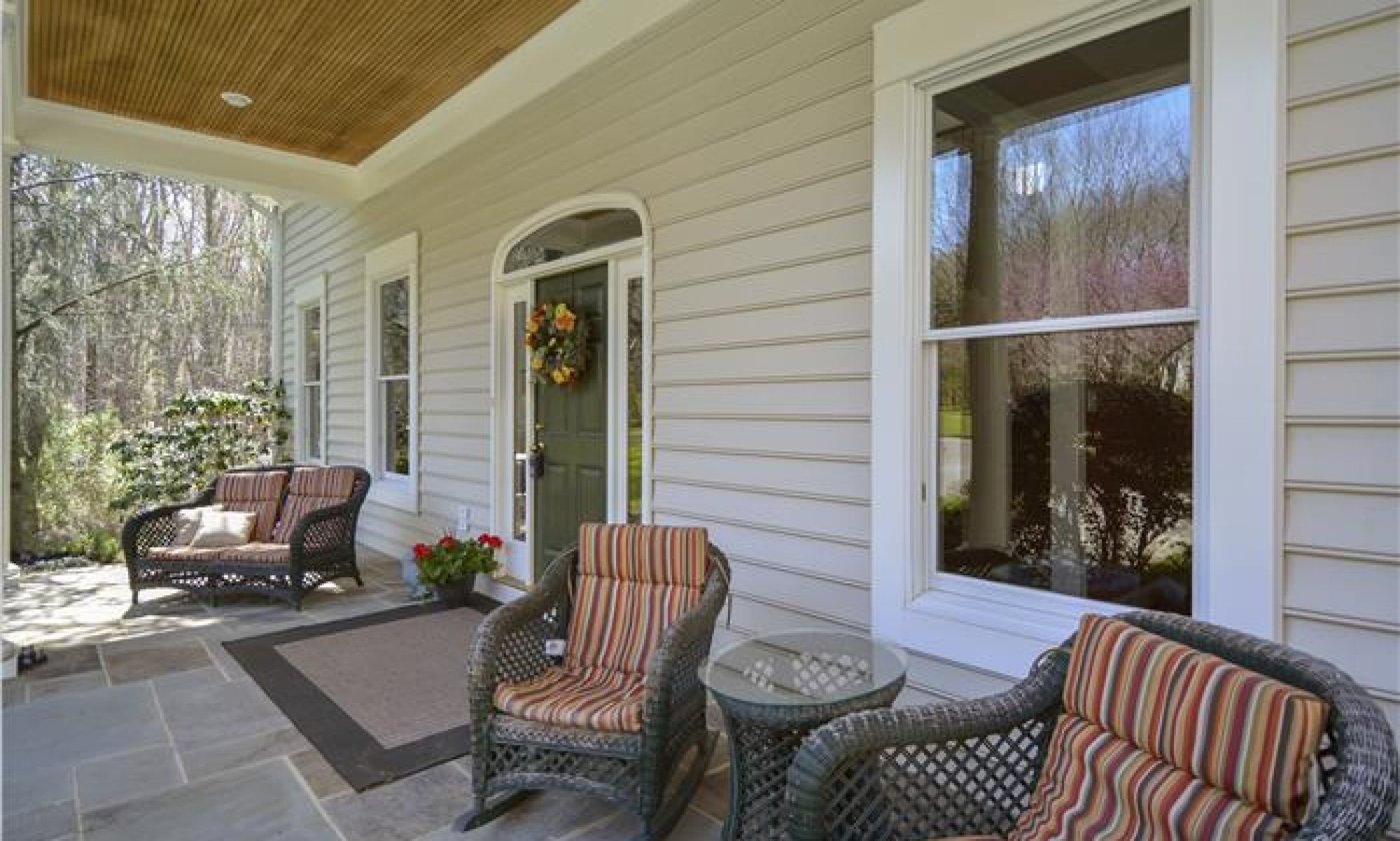 Did you know that enduring a harsh winter can make you more resilient? At least that’s what University of Buffalo researcher Mark Seery believes. His research on stress and coping reveals that negative events and adversity promotes adaptability and resilience, which benefits your overall wellness (buffalo.edu).
Did you know that enduring a harsh winter can make you more resilient? At least that’s what University of Buffalo researcher Mark Seery believes. His research on stress and coping reveals that negative events and adversity promotes adaptability and resilience, which benefits your overall wellness (buffalo.edu).
Your home, however, may not be as resilient as your psyche. A severe winter can create the ideal conditions for water penetration into and around your home. Unfortunately, many home owners won’t know that an issue exists until there is a noticeable leak, or water seeps into the basement. Left unchecked, water leaks can not only cause water damage to ceilings, walls, and basements, it can also promote mold growth as well as structural issues in and around the house.
Ice dams are often the cause of water finding its way into the home. Occurring on exterior coverings, ice dams typically occur through the melting and rapid freezing of snow or ice, which can lift and separate the covering giving water a pathway into the house. Ice dams are common on the roof, lifting shingles and separating chimney flashing; but can also occur on siding and exterior trim as well.
Rather than taking water away from your home’s foundation, blocked gutters and downspouts can be the cause of water penetration into the basement. Gutters and downspouts can become blocked with debris any time of year; however, winter presents additional issues. Snow and ice covered downspouts are sometimes shifted or damaged; while eroded grading can redirect water toward the house.
Part of the home’s drainage system, a sump pump helps to keep water from penetrating into the basement. It is designed to collect water in a basin and pump it away from the home. After severe winter weather, a large volume of melted snow and ice can saturate the grounds and fill the basin quickly. If the pump is not operating properly (or the pump drain is blocked), water can unknowingly seep into the basement.
Winter weather can also affect the home’s walkway and driveway. Freezing water can expand existing cracks, while snow removal and ice treatments can deteriorate the stability and integrity of the materials. Not only can the sidewalk and driveway become unsightly, they can also become a trip hazard.
You may be able to examine much of your home’s exterior by walking around the perimeter. However, it may be necessary to have a licensed contractor to inspect/repair the roof, gutters, and other areas. Although your home may not need maintenance, common items that may need to be addressed include repairing/replacing lifted or missing shingles; repairing flashing; realigning gutters and downspouts; re-grading; testing the sump pump; repairing/replacing broken or missing siding and/or exterior trim; repairing window and door seals; repairing/replacing fascia boards; repairing and/or sealing walkway and driveway; and touch-up painting.
Even if your home escaped busted pipes (which many home owners experienced this year), a leaking roof, or other cold weather crises this winter; it still may be in need of urgent maintenance. As the weather warms, taking the time to check your home’s exterior and making necessary repairs could not only improve your home’s aesthetics, but may also help prevent potential issues and impede developing damage. It should go without saying that this is a priority if you’re planning to put your home on the market this spring/summer.
![]()
Disclaimer. This article is not intended to provide nor should it be relied upon for legal and financial advice. Readers should not rely solely on the information contained herein, as it does not purport to be comprehensive or render specific advice. Readers should consult with an attorney regarding local real estate laws and customs as they vary by state and jurisdiction. Using this article without permission is a violation of copyright laws.
